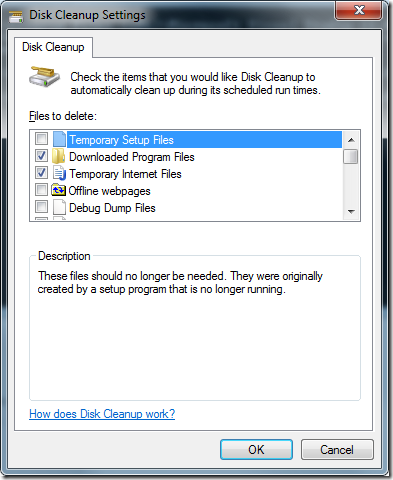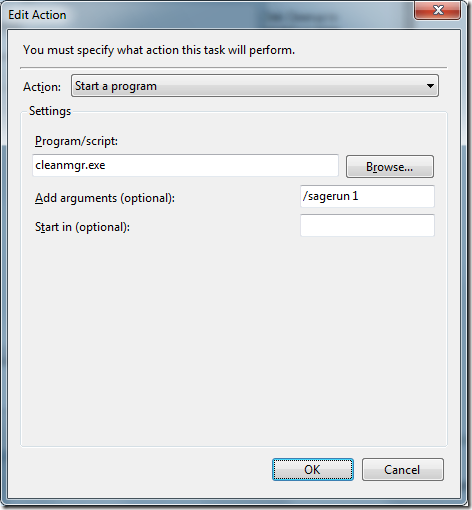It’s never good if I have a story to tell after a meal. This is one of those meals. This is one of those long-ass stories, too. Tonight, I was deep in my usual gyrations over what the hell I was going to eat. Running through the mental list of eating places wasn’t triggering anything. I went on UrbanSpoon and listed everything in my area. Nothing did it. I started to get a bit sentimental over places in PA that I used to love eating at and couldn’t get to anymore. I remembered some of the non-chain restaurants that I enjoyed and wished I had something like that here that I could rely on. Unfortunately, despite searching, I have yet to find a good mom-and-pop.
But, a light came on. There was one place I could try. It was an Italian restaurant that had replaced a sports bar I used to go to. I’d been there once before and was sorely disappointed. At the time, they had just opened up. I think I went within the few couple weeks of their opening. My impression of the staff was that they were clueless. The waitress acted like she didn’t know what a waitress was supposed to do, like checking on tables. The kitchen was backed up beyond comprehension. I think I heard “an hour” mentioned. At least one table walked out during the time I was there. I was on the verge of leaving, myself.
But I got my drink order in (I’m stuck now!) and then after a while, my waitress was ready and able to take my order: spaghetti with meat sauce – nothing amazing. Yet another extended while after that, the waitress comes back and says they don’t have any meat sauce, would I like marinara? No, I wouldn’t. This is an Italian restaurant. How do you not have meat sauce? I ended up getting my drink and salad for free, and I left a $5 tip on the table and walked out.
Why would I want to go back to that? Well, it’s been at least two years since that first experience and the place is still around, so surely they’ve got it figured out, right? So I revisited the restaurant with elevated hopes. And I don’t have any desire to go back again.
I show up in the front of the shop and walk up to the counter. I say I’m dining in and I don’t know whether to order here, be seated, or seat myself. Right off the bat, this is something that shouldn’t happen. The waitress says, “You’re dining in? You can go to the back room. It’s much nicer back there.” So, now your employees are saying that the restaurant has a nice section and a shitty section. They’re still freaking clueless.
I seat myself and place my (same) order. I’m kind of excited because their house dressing is a homemade creamy Italian – that’s hard to find. But when the salad arrives, it seems weird. Lettuce, onion, carrots, and… a hot pepper and chickpeas? Odd, but no hassle. I eat the lettuce and the carrots, but the house dressing is not to my liking. Flavor-wise, it’s super sweet. Makes me think of eating Vidalia onions. Second, it’s warm. That doesn’t sit so well with me.
My opinion is wavering at this point when my entrée comes out. It’s soup! I’m not saying that the meat sauce is runny, just that it’s a bowl full of sauce. Like I can’t see the noodles, full. And the sauce is really dark. The first thing I think is, “Did they burn this sauce?” Then I smell it and think, “Did they burn this sauce?” Then I taste it and it’s… different. Probably burnt. Seasoned, yes, but I can’t put my finger on what it is. Doesn’t really matter what it is because I just. don’t. like it. Then the breadsticks came out. I didn’t think you could screw up bread, but these sticks were completely tasteless. They had parmesan cheese sprinkled on top and butter and/or oil poured on them. It looked like oil, but darker. I didn’t watch to touch it. What the hell is up with this place?
I eat what noodles I could fish out from the depths of the sauce pit and at one point in my search mission, I found a leaf. Yeah, a full leaf. I think it’s the kind they use for seasoning, but I also think they’re supposed to be finely chopped?
Has the service redeemed itself after the “get out of the slums and go to the back room” direction? No, not really. My entrée was brought out by a different waitress that again didn’t understand the finer points of service. She asked if I had spaghetti with meat sauce, which I confirmed, and she left it with me and bolted. Waitresses with experience will first ask if everything’s ok and handle common requests, like cheese, napkins, or refills. My main waitress that brought the breadsticks asked about cheese, but had to take care of multiple things before actually getting around to it. Even then, she had a lot of trouble finding the cheese. (Who moved my cheese?) Fascinatingly, although my salad dressing was warm, the cheese shaker was refrigerated . Also, since I had the table next to the open kitchen, I was able to deduce that the cook didn’t seem to know how to be a cook. I heard a shout at one point and I heard an exchange where he had to scramble because he forgot to make an appetizer. Bad night? Or just another night?
Finally – the weirdest part to me – the owner made his way around asking everyone if their food was ok. I go to other “real” Italian places, and I know the owners do this. They love chatting you up in their heavy Italian accents. This guy, no accent. Didn’t look Italian at all. Didn’t even look like an owner. He could have been just another patron, I don’t know. I lied and said the food was good. Had he pressed harder and asked if it was “good” or “great” or “amazing”, he might have gotten the truth out of me. But he seemed satisfied.
In summary, there wasn’t one redeeming piece of my entire meal experience. As crazy as it sounds, this place is a sports bar that serves Italian food, with bar-quality food and service. And that’s speaking badly of bar food. It’s usually really good, I just can’t handle the atmosphere.

